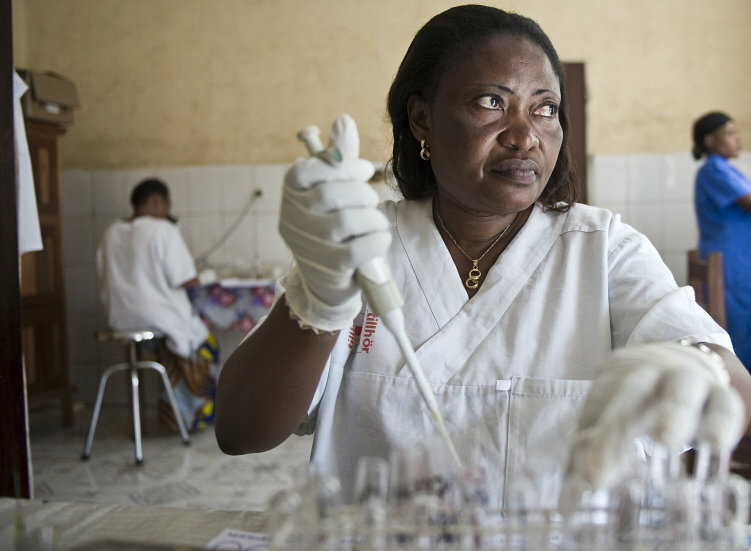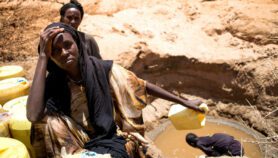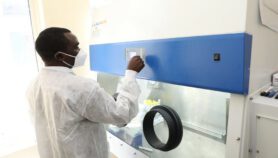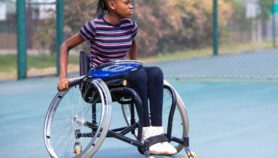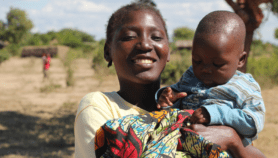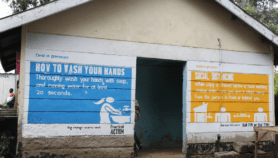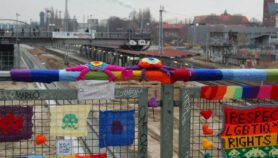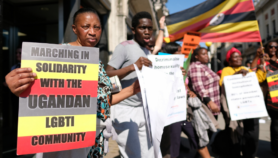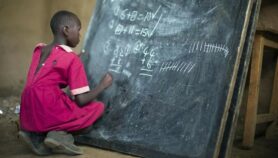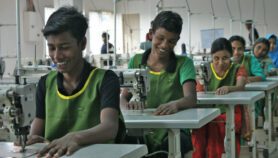By: Imogen Mathers
Send to a friend
The details you provide on this page will not be used to send unsolicited email, and will not be sold to a 3rd party. See privacy policy.
Earlier this month, representatives from 129 governments, UN and aid agencies and civil society organisations met alongside rape survivors in London, United Kingdom, for the Global Summit to End Sexual Violence in Conflict (10-13 June). In all, 122 states have now endorsed a summit declaration committing to that goal. [1]
Central to the summit was the launch of an international protocol on documenting and investigating sexual violence in conflict. This provided guidelines for better evidence collection to help protect populations, increase convictions and deter future perpetrators. [2]
Susannah Sirkin, director of international policy at Physicians for Human Rights, a non-profit organisation that works to end mass atrocities through scientific investigations, was a member of the protocol’s expert working group. She advised its drafters on how to collect forensic evidence of sexual violence during conflict.
Currently, “there is every kind of challenge you can imagine”, Sirkin tells me, including the fact that many victims are forced to flee their homes and, as displaced people, are difficult to locate. But she says that technology can play a role in addressing some of these problems.
There is, for example, the “huge hurdle of a lack of places to keep and log evidentiary information safely,” Sirkin says. Many countries lack both equipment — such as video cameras — for gathering evidence, and coherent systems for storing written and photographic evidence of injuries.
And on top of that, “these sorts of crimes often occur in remote areas, at night, without eye witnesses and during the chaos of attacks on villages.” Very often survivors are then dispersed, so it’s hard to contact them for testimonial or forensic evidence.
These problems mean that international tribunals on mass atrocities have tended to rely on testimonies “collected many years after the event”.
The protocol therefore aims to “enable people to gather evidence sooner after the crimes, in a variety of ways”, particularly physical forensic evidence, Sirkin says.
She says evidence could be collected using satellite imagery of population dispersals and troop movements, or mobile phone applications that store and analyse data on mass violence patterns, types of violation, and the age and gender of victims. Scrutinising this data could assist criminal investigations and monitoring patterns of sexual violence.
Nonetheless, Sirkin says, the protocol’s core focus is on collecting basic medical evidence “in a safe and systematic way” and guidelines for training staff and humanitarian first responders in these processes.
And “more and more health professionals need to be trained in a specialised way” to do “proper medical examinations that will help survivors gather the evidence they need to win their court cases”.
Imogen Mathers is writer/producer at SciDev.Net. @ImogenMathers
References
[1] Lesley Wexler No more impunity: a roadmap to stopping rape in conflict (The Guardian, 19 June 2014)
[2] International protocol on the documentation and investigation of sexual violence in conflict (UK government, June 2014)


